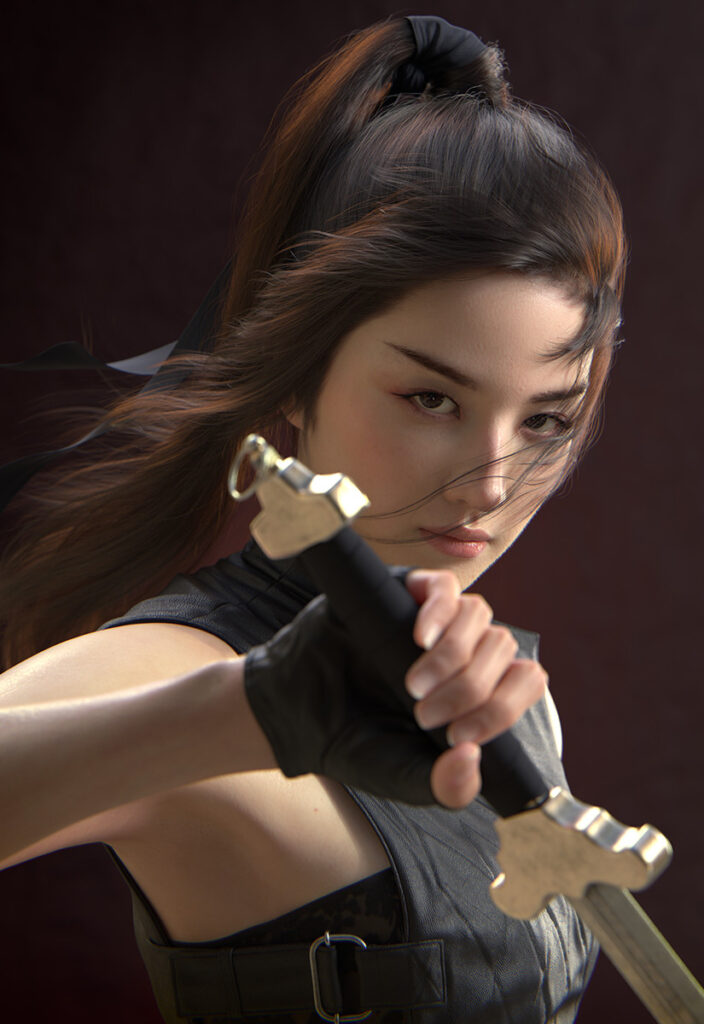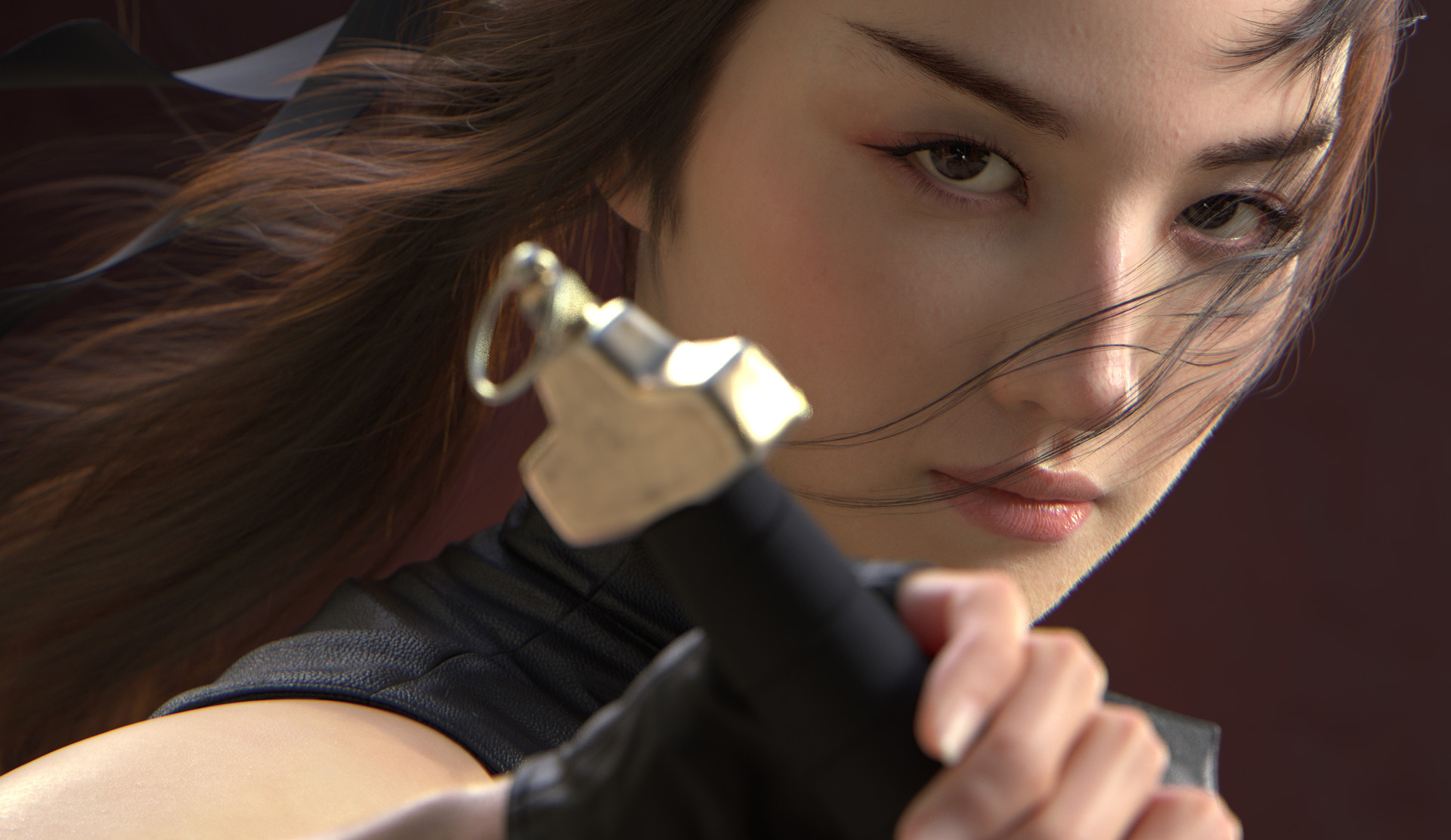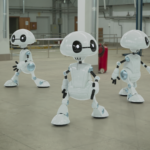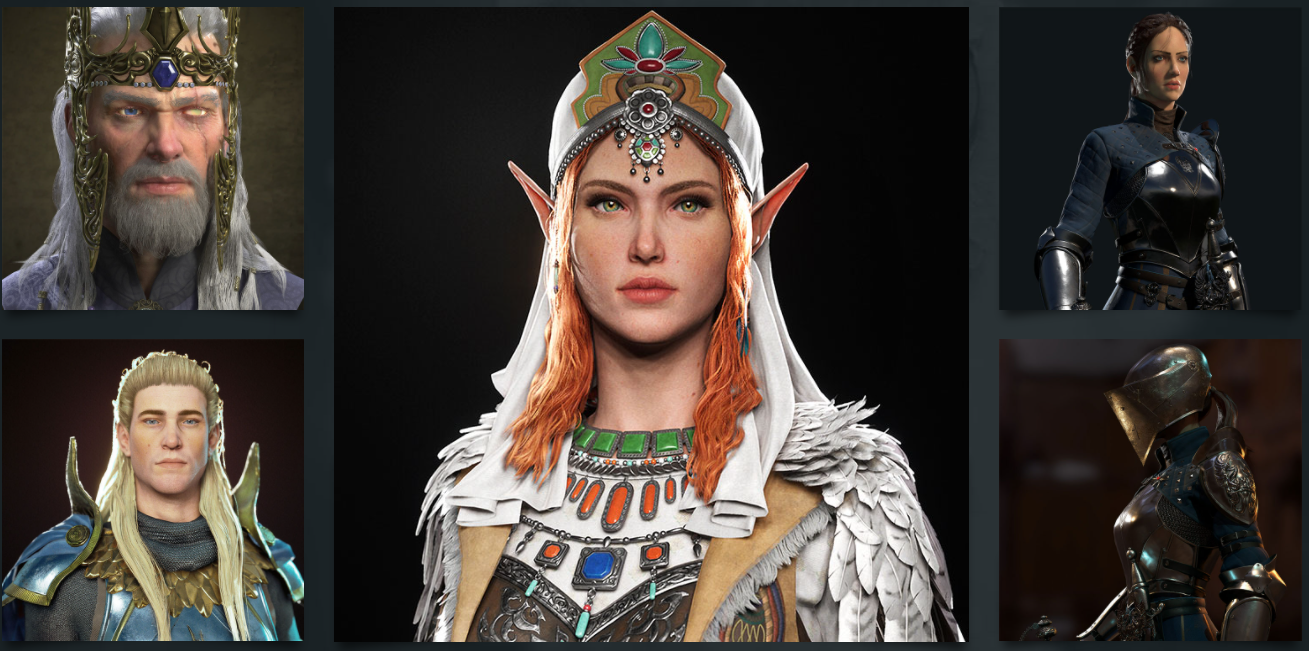6 Points to keep in mind when creating realistic character models
When creating 3D realistic character models, some modelers always encounter the problem: ” Why does the character I created seem not so realistic.” Disney Pixar’s animated movies, domestic 3D animation, Japanese graphic animation, and 3D animation are all striving for “realism” as well as technical breakthroughs that require higher and higher demands on artists, techniques, and equipment. So if you want your character model to be more realistic, you may need to pay attention to the following 6 points.
- Proportion
When creating 3D realistic character models, it is important to get the proportions right if you want to make your own models that are not crooked. Anyone who has studied art knows that the first thing to do when drawing a figure is to determine the proportions. If you are drawing a head, then the forehead, eyebrows, eyes, ears, nose, mouth and chin should be determined first, so that the figure can be drawn in the right proportion. Then, by the same token, the creation of a 3D realistic character model is also a way to position the character from top to bottom.
Only on the basis of drawing the plane, we also have to position his front and back from the side, after all, 3d modeling is based on drawing the plane on a higher level. When you have a good grasp of the proportion of the character, the final model will not become very weird.

- Skin
To make convincing the effects of realistic character models, material representation is even more important. Real skin does not only have the property of sub-surface scattering. In addition, human skin has countless tiny pores, secreted oil, sweat, etc. will affect the texture, highlights and gloss of the skin surface.
If we want the character to look realistic, these details must also be reflected. Our approach is to overlay a seamless detail texture on top of the base texture to simulate the tiny pores on the skin surface, while the skin gloss and highlights are controlled by different parameters to control the intensity, and the mask mapping to control the range and weight.
- Hairs
Dealing with hairs have always been a difficult problem in real-time rendering. The traditional approach is not realistic enough, sequencing issues, difficult motion, resource intensive, etc. Now with real-time hair, some of the problems of realism and motion can be solved. Hair has these points: the highlights of the hair are not pooled in one spot, but spread out along the surface.
The light goes through the hair, so thinning strands will look brighter than thicker strands. The roots and tips of the hair of realistic character models will have different effects as the light source passes through them because of the varying degrees of thickness and causes a difference in color on each strand of hair. We have also talked about making real-time hairs in our previous article, you can also check it out. [review: 7 Steps to Effective 3D Hair Creation]

- Eyes
Since the human eye is not just a sphere, it contains complex optical representation and the geometry inside the eye is also very complex. To get a realistic effect, the modeling of the eye needs to be made according to the real eye structure, and more patience is needed to observe when modeling. The human eye is not a standard sphere, there is a protrusion in front of the eye, which is filled with substances such as cornea and anterior chamber, and the pupil is sunken in, it is this structure that gives the eye a special highlight.
So the focus of representing the eye is on highlights and reflections. The traditional approach is to draw the highlights of the eye on a mapping and then perform a simulation of the reflection of the eye. In addition to modeling and mapping, the eye material and rendering is also a major difficulty, after a step-by-step detail stacking, in order to make the eyes of 3D realistic character models have a watery texture.

- Light
Without light, our eyes can not see the object, and can not distinguish the shape and material of different objects (object properties). Placing digital lights in the scene to illuminate the model can make it more realistic, just like hitting the actors with lighting equipment in a set shoot. Therefore, it is important to know the relationship between light and material very well. Good light and shadow can improve the quality of realistic character models, make the picture have drama emotion, so that the picture is richer and more complete content.
Of course, after knowing these points of realistic character models, you will want to practice them. Look how real a few of the pictures above! This is all the work of Korean 3D modeler Jungwon Park. If you don’t look carefully, you’ll definitely think that the characters in the pictures are real people. Here’s good news for you, this artist has released a set of character modeling courses at Wingfox: “Liu Yifei likeness as Mulan”for Photorealistic Rendering. Here you will learn how to create realistic and detailed skin textures, high quality 3D character model renders. Here you will learn how to create realistic and detailed skin textures and high quality 3D character model renders.
You will learn the guidelines and new process techniques for visual development of high quality female film characters. For facial representation of realistic character models, you will master detailing of features and eyes, XGen character hair creation and compositing, etc. You will learn more about mapping, creating replacement textures and albedo textures using TexturingXYZ. Also, you will focus on mastering the skills of lighting rendering, processing mapping with Arnold renderer, different lighting and camera focus settings, and rendering perfect artwork.
Plus, if you join the course now, you’ll get a 10% discount.
Coupon code ↓↓↓↓
blog10
You need to copy and paste the above coupon code into the “Apply Coupon” and click “Enter” button. Welcome to Wingfox, where you can get various tips of realistic character models you want.
Post a Comment
要发表评论,您必须先登录。










